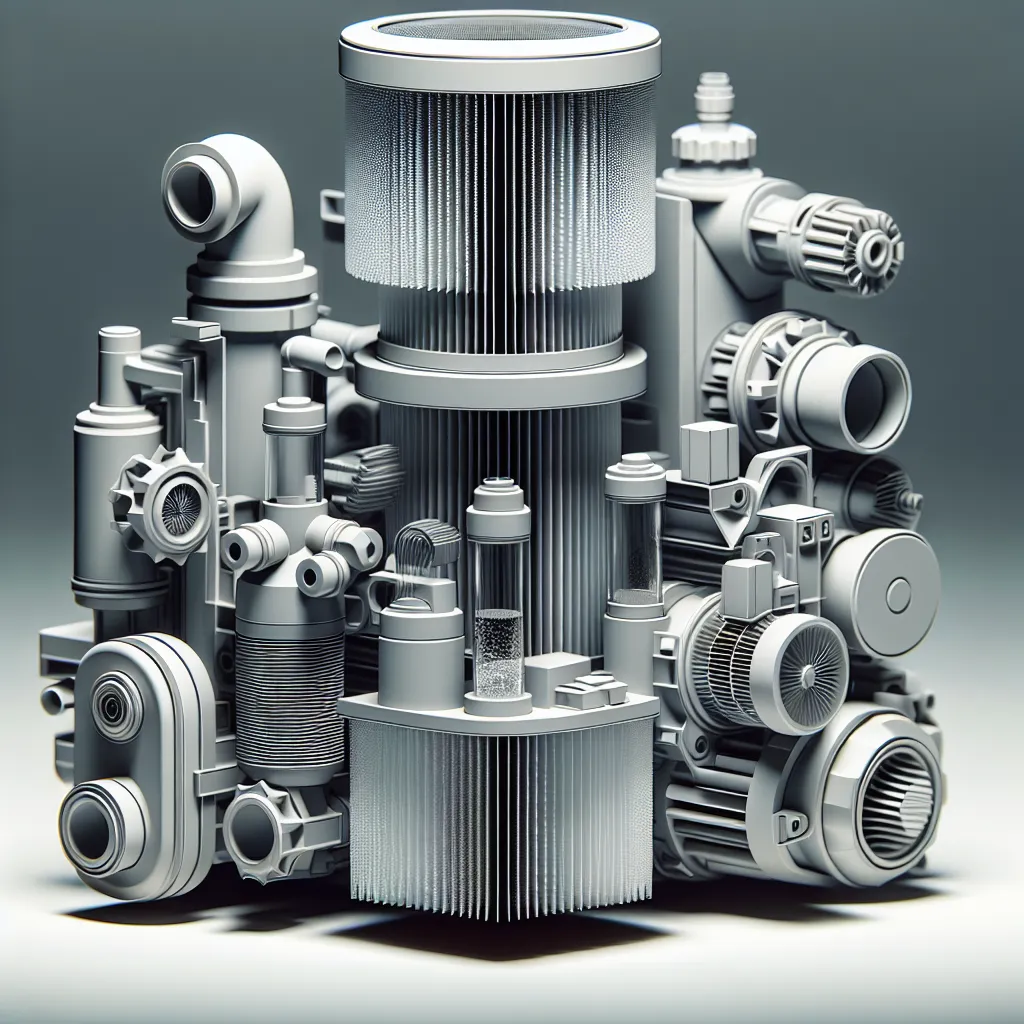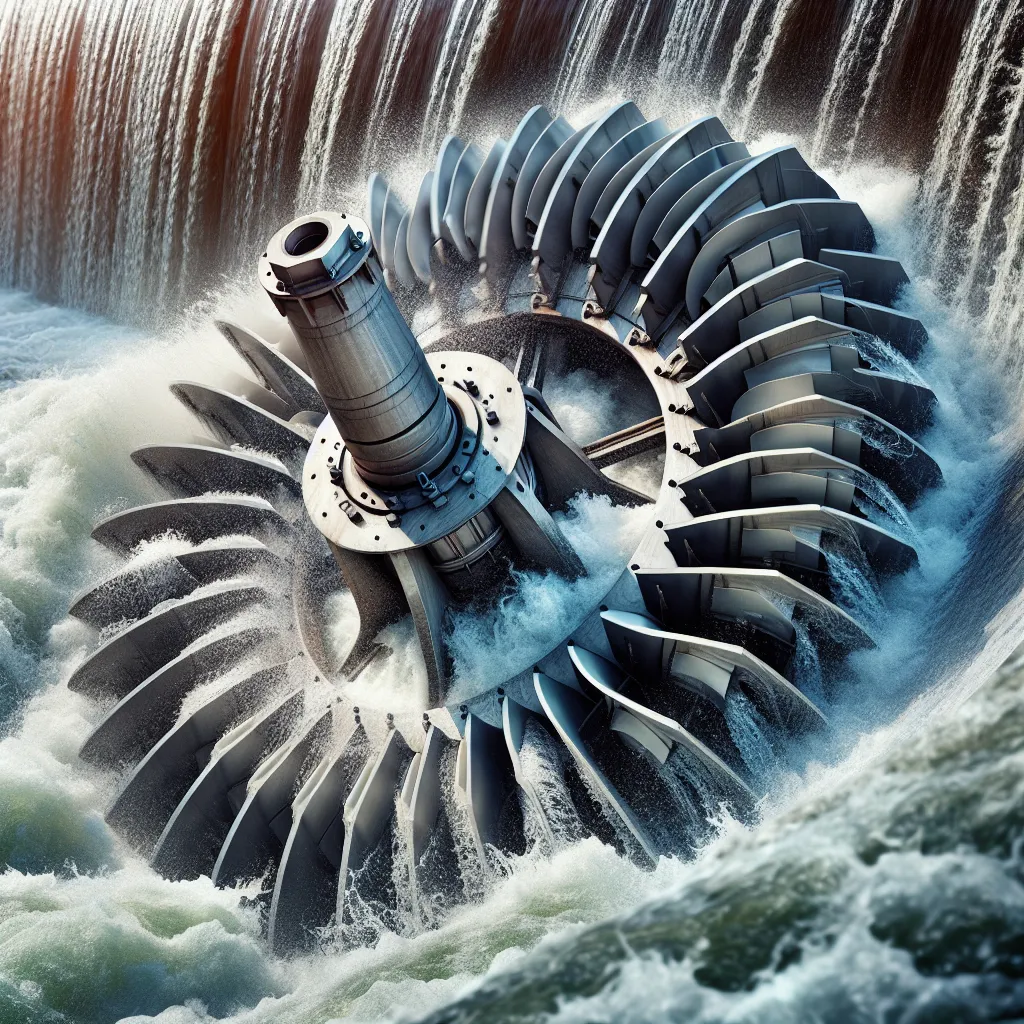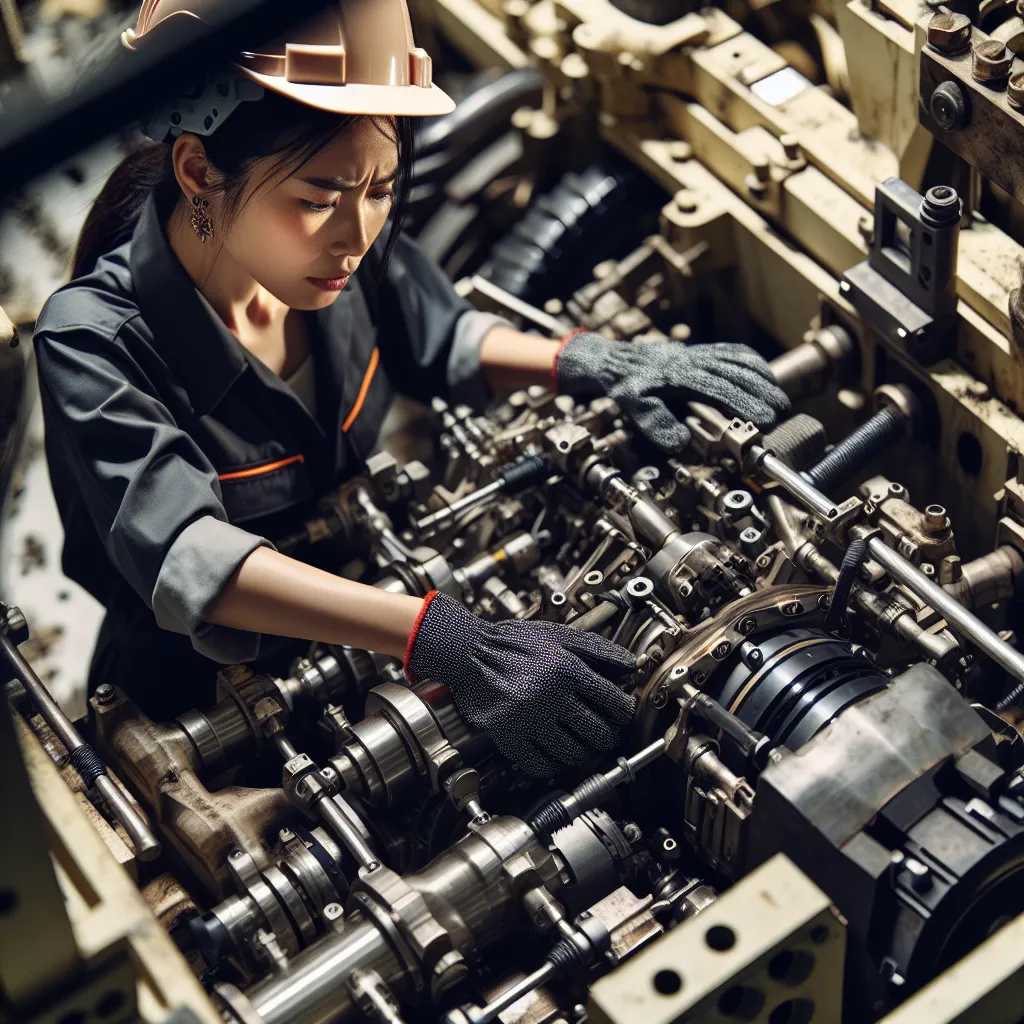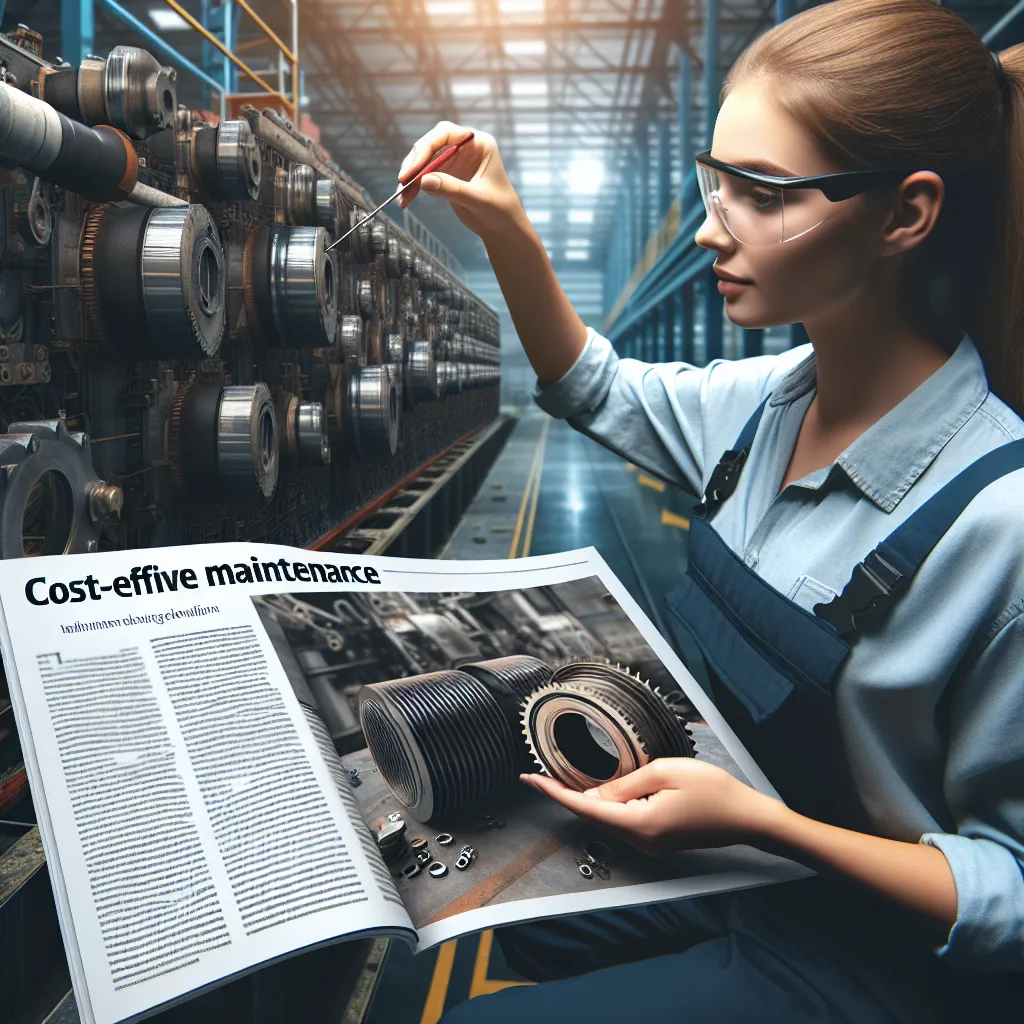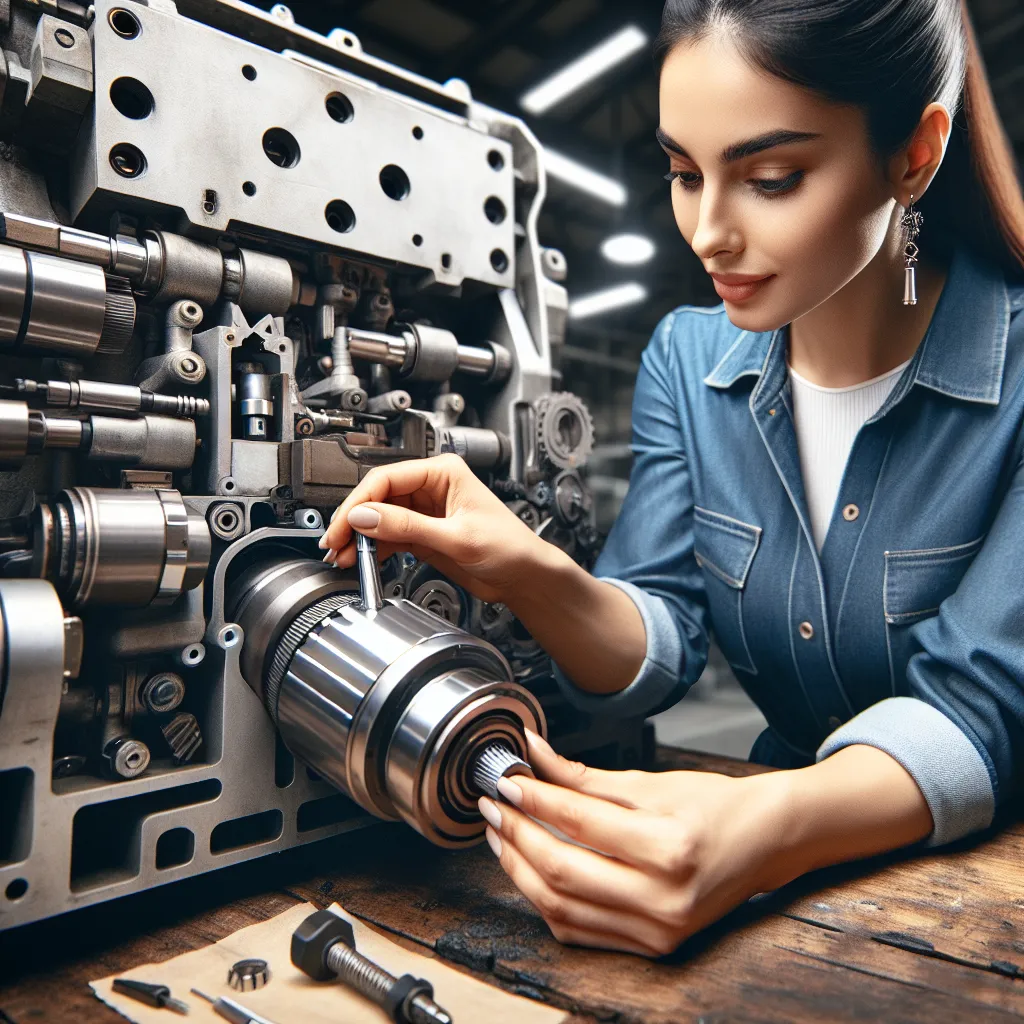10 Trending Lipstick Shades for the Season
The article “Top 10 Lipstick Shades for Fall” highlights the must-have lip colors for the approaching season. It emphasizes the trending shades, ranging from rich berries to classic nudes, offering something for every mood and occasion. The author underlines the importance of pairing these lip shades with the right eye makeup brushes to elevate the overall look. Furthermore, the article provides a detailed list of the top 10 lipstick shades for Fall, along with descriptions of each shade, making it an essential read for anyone looking to update their makeup collection for the upcoming season.













